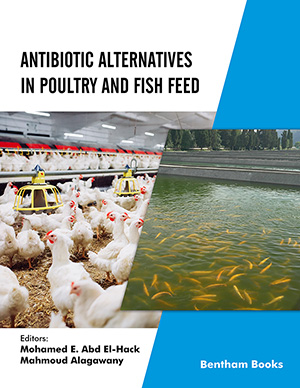Abstract
Excessive nitrogen and phosphorus supply to freshwater negatively affects water quality and ecosystem balance through a process known as eutrophication. This can lead to increased wastewater treatment costs, a reduction in the biological diversity and recreational value of natural water bodies. Besides, algal blooms can result in loss of livestock and human health issues. Therefore, efficient and reliable nitrogen and phosphorus removal methods are required. In wastewater containing relatively high concentrations of nitrogen and phosphorus (e.g. wastewater from chemical fertilizer plant, the supernate of dewatered sludge, etc.), these elements are difficult to remove economically to reach the appropriate compliance limits by biological methods. On the other hand, both nitrogen and phosphorus are nutrients for the plants, and recently, nitrogen and phosphorus recovery by precipitation (e.g. struvite) has drawn much attention, because nitrogen and phosphorus precipitates can be utilized as a fertilizer and both phosphorus and ammonium can be simultaneously removed. Thus, this review summarized nitrogen and phosphorus recovery methods, during which nitrogen and phosphorus compounds can be used as a raw material for the fertilizer industry, including the options of struvite and hydroxyapatite formation and other feasible using options. In this article most important patents are also discussed.
Keywords: Nitrogen and phosphorus recovery, struvite, hydroxyapatite, phosphate precipitation
 25
25


















